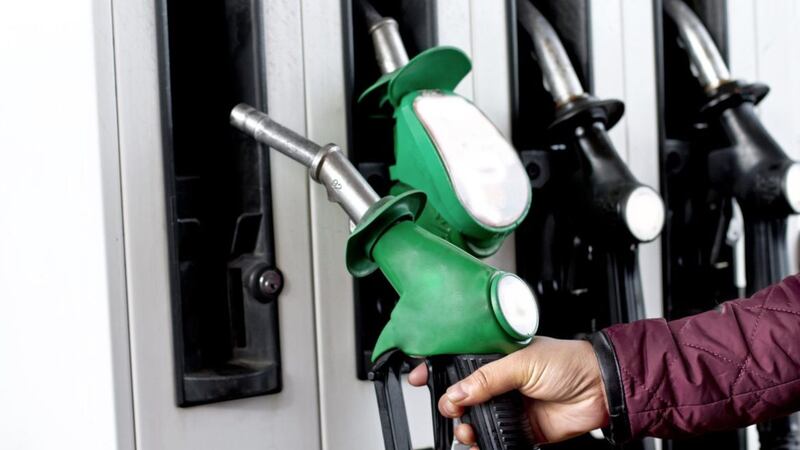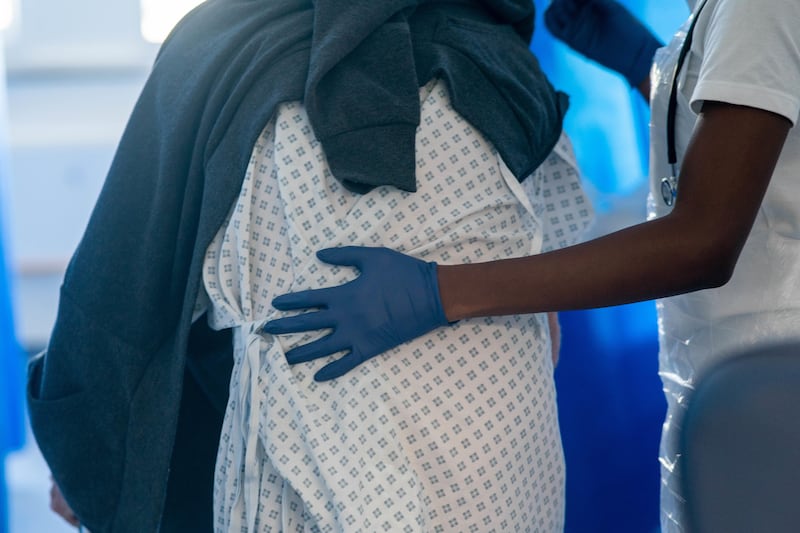THE UK’s rate of inflation soared to its highest for almost three years in June on the back of increases in the prices of food and motor fuel.
The Office for National Statistics (ONS) said the Consumer Prices Index (CPI) rose to 2.5 per cent from a figure of 2.1 per cent the previous month, higher than expected and moving further away from the Bank of England's 2 per cent target.
It’s the highest inflation rate since the UK saw a 2.7 per cent rise in August 2018.
The Covid-19 pandemic has produced a global supply chain shock, exacerbated in the UK by Brexit, which has produced more constraints on supply constraints
The latest purchasing managers index from Ulster Bank showed the input cost inflation for businesses in Northern Ireland continues accelerate at a more severe rate than the rest of the UK.
Ulster University economist, Dr Esmond Birnie, said yesterday that the protocol is the most likely explanation for the added inflationary pressure in the north.
Motor fuels have risen by more than 20 per cent over the past year, the ONS said, representing the biggest annual increase for more than a decade.
The price of used cars is up 7.2 per cent year-on-year, much sharper than new vehicles (+3.2 per cent), reflecting constraints in the supply of new cars caused by the global shortage of semiconductor chips used in production.
The ONS data comes amid global concerns over the potential for soaring inflation, with the US posting its own 5.4 per cent CPI inflation rate for June on Tuesday.
The Bank of England has warned that inflation could hit 3 per cent by the end of the year.
Jonathan Athow, ONS deputy national statistician for economic statistics, said: "Some of the increase is from temporary effects - for example, rising fuel prices, which continue to increase inflation, but much of this is due to prices recovering from lows earlier in the pandemic.
"An increase in prices for clothing and footwear, compared with the normal seasonal pattern of summer sales, also added to the upward pressure this month."
The ONS said that food and non-alcoholic drinks contributed to the lift in inflation, after a 0.2 per cent price rise for the month compared with significant deflation for the same period last year.
Within food, the largest shift was caused by bread and cereal prices, where prices of items such as packs of individual cakes and crumpets rose this year but fell a year ago.
The Retail Price Index (RPI), a separate measure of inflation, increased to 3.9 per cent - the highest since January 2018.
The CPI, including owner-occupiers' housing costs (CPIH) - the ONS's preferred measure of inflation - was 2.4 per cent for the month, compared with 2.1 per cent in May.








